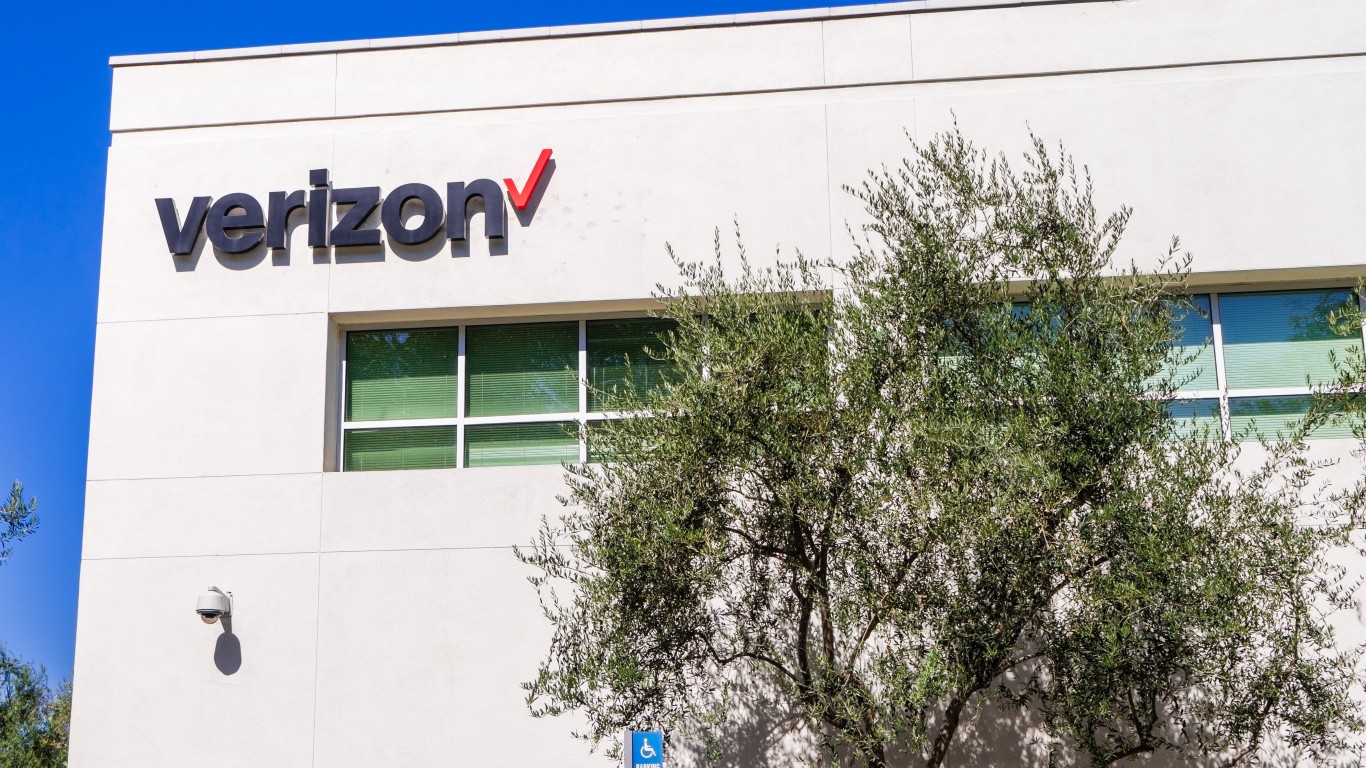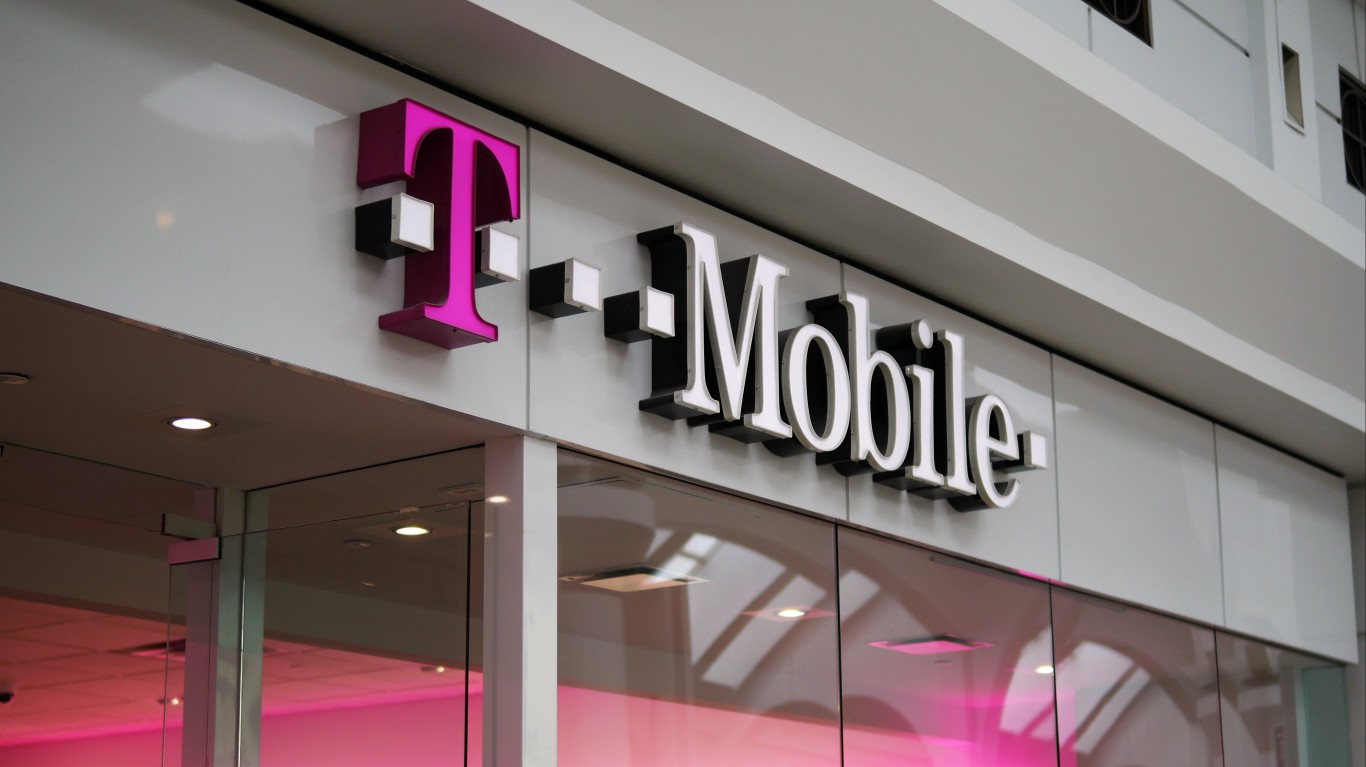T-Mobile US Inc. (NYSE: TMUS) has fought a fierce uphill battle against its major competitive rivals AT&T Inc. (NYSE: T), Verizon Communications Inc. (NYSE: VZ) and Sprint Corp. (NYSE: S). The company has been a major disrupter in the space with its “Un-Carrier” plan, and its recent earnings proved this point resoundingly. As a result, a key analyst weighed in on T-Mobile and what direction it might be going.
First, let’s start off with earnings. T-Mobile reported its second-quarter financial results last Thursday before the markets opened. The telecom giant had $0.43 in earnings per share (EPS) on $8.2 billion in revenue, compared to Thomson Reuters consensus estimates of $0.18 in EPS on $7.94 billion in revenue. The same period from last year had $0.48 in EPS on $7.18 billion in revenue.
The company gave guidance for the 2015 full year. It expects an increase in postpaid net additions of 3.4 million to 3.9 million, up from 3.0 million to 3.5 million due to the recent “Un-carrier” plans. There are consensus estimates for $0.74 in EPS on $32.51 billion in revenue for the full year.
Argus believes that this scrappy national wireless telecom continues to drive the conversation on a critical part of the industry value chain, the smartphone/handset plan. T-Mobile has become a disrupter in wireless telecom through a series of plan innovations promoted with razzle-dazzle marketing, and it continues to gain traction with subscribers. There is no question that T-Mobile has momentum in the marketplace, as the other carriers scramble to respond to its continuing promotions.
ALSO READ: 5 Analyst Stock Picks From July That Could Double
The independent research firm also thinks that the 2013 merger of T-Mobile and PCS created a more viable fourth-place U.S. wireless service provider, which insurgent CEO John Legere has taken to a new level of competitiveness.
T-Mobile’s marketing is a key differentiator from larger competitors, and its plan discounts, at least superficially, remain a key attraction for subscribers. In all, the company’s aggressive service plan moves have shaken up the wireless industry, forcing competitors to respond in kind.
According to Argus’ report:
We think that TMO’s “Uncarrier” rate plans have been a significant driver of the company’s subscriber gains over the last year and a half. In July, TMO added unlimited talk, text, and data in Mexico and Canada for subscribers on its “Simple Choice” plans. This was clearly a preemptive strike against AT&T’s acquisitions of Mexican wireless telecoms and DirecTV. In June, the company rolled out its “Jump-On Demand” initiative, in which subscribers can trade in their smartphones for newer models up to three times a year with no additional fees. Earlier this year, the company introduced Data Stash, a data rollover plan, and free music streaming from services like Pandora, Rhapsody, and Spotify. It also extended the company’s simple low-priced consumer wireless plans to the small and medium-sized business market. We expect more service plan innovation and marketing salvos from this scrappy, fourth-place (or perhaps third-place) wireless telecom.
At the same time the firm expects T-Mobile’s future growth to rely heavily on its discount, no-contract and equipment installment service plans. Verizon, AT&T and Sprint have all responded to T-Mobile’s challenge with equipment installment plans of their own, with AT&T aggressively promoting its new plans and Verizon remaining more agnostic.
ALSO READ: 4 Top US Growth Stocks to Buy Now
As a result, Argus had a Buy rating and raised its price target to $49 from $40, implying upside of nearly 19% from current prices. At the same time, the firm raised its 2015 EPS estimate to $1.03 from $0.88 and its 2016 forecast to $1.41 from $1.32. Its long-term EPS growth rate forecast is 10%.
Shares of T-Mobile were down 0.4% at $41.32 Tuesday afternoon. The stock has a consensus analyst price target of $42.95 and a 52-week trading range of $24.26 to $41.95. T-Mobile is up 54% over the past year, versus a 2% gain for the Russell 1000 and a 1.5% gain for the S&P.
In 20 Years, I Haven’t Seen A Cash Back Card This Good
After two decades of reviewing financial products I haven’t seen anything like this. Credit card companies are at war, handing out free rewards and benefits to win the best customers.
A good cash back card can be worth thousands of dollars a year in free money, not to mention other perks like travel, insurance, and access to fancy lounges.
Our top pick today pays up to 5% cash back, a $200 bonus on top, and $0 annual fee. Click here to apply before they stop offering rewards this generous.
Flywheel Publishing has partnered with CardRatings for our coverage of credit card products. Flywheel Publishing and CardRatings may receive a commission from card issuers.
Thank you for reading! Have some feedback for us?
Contact the 24/7 Wall St. editorial team.



